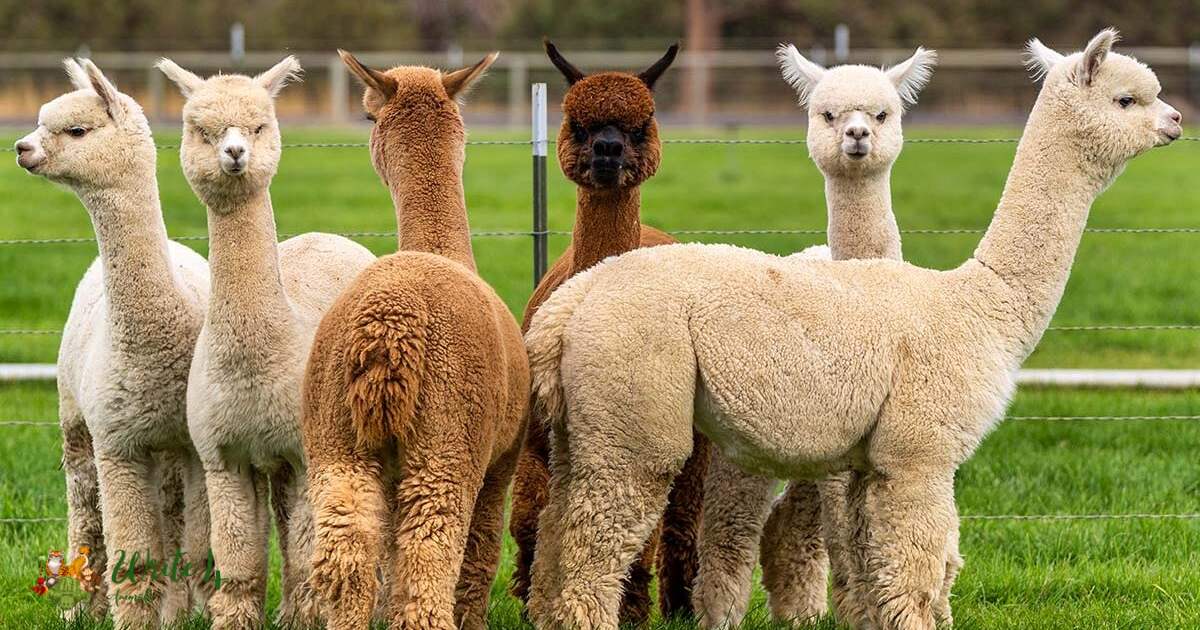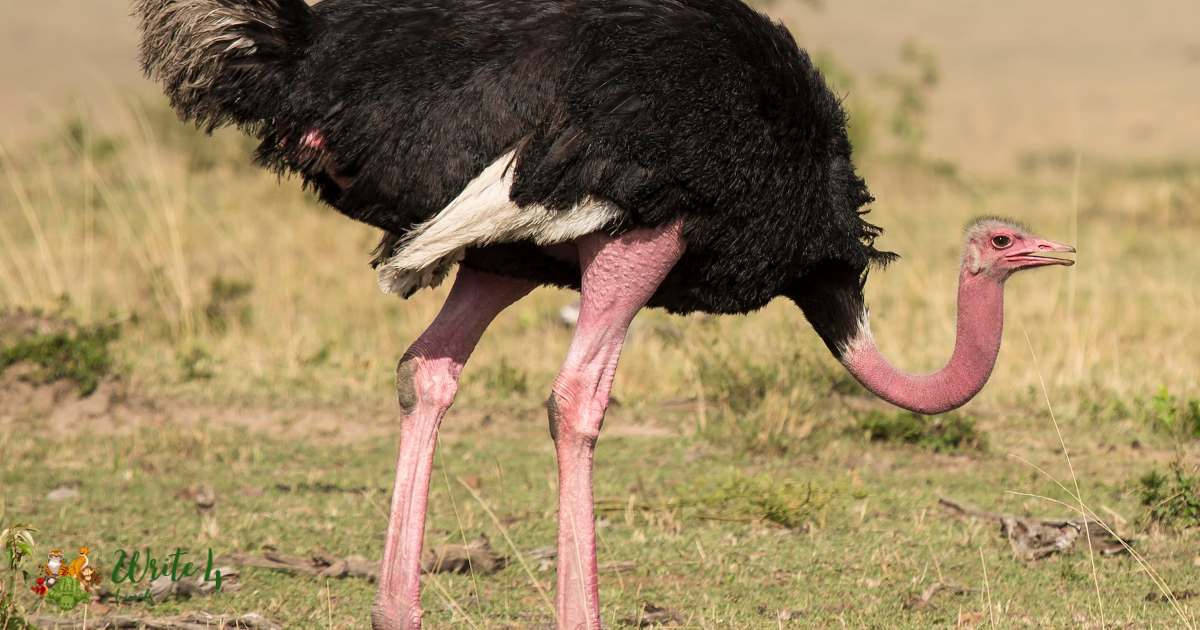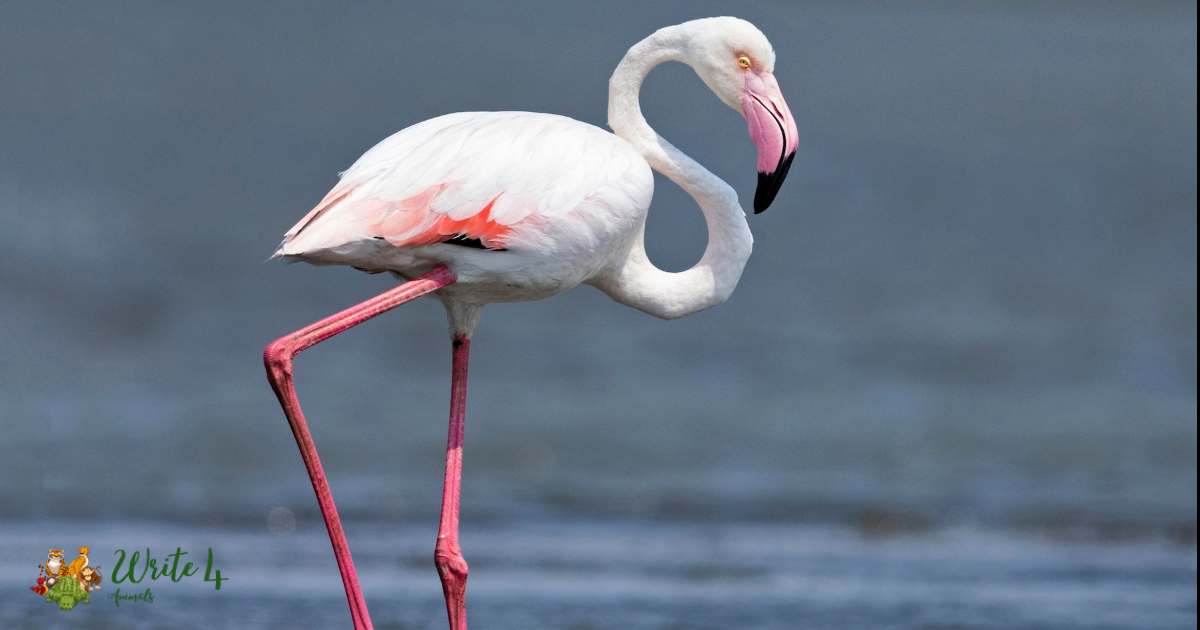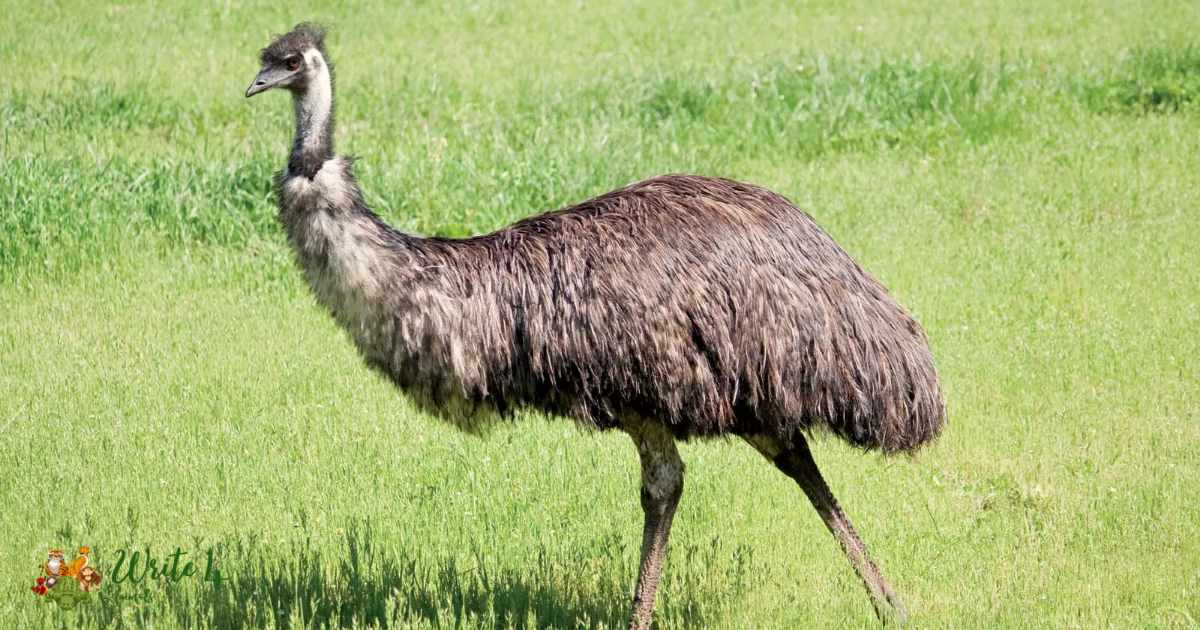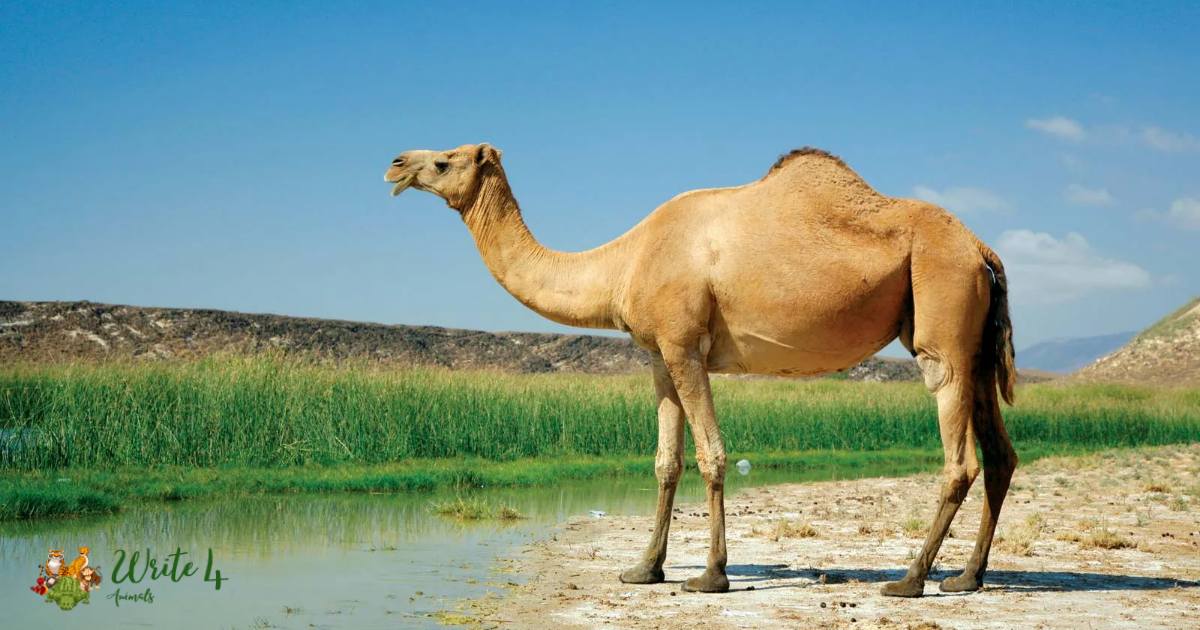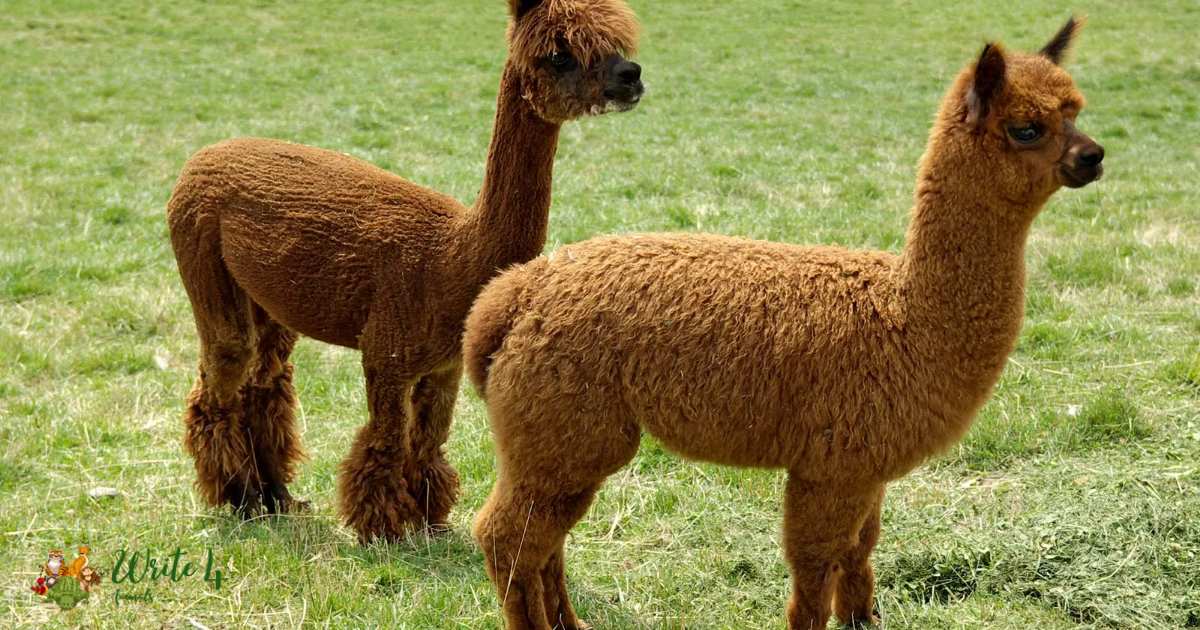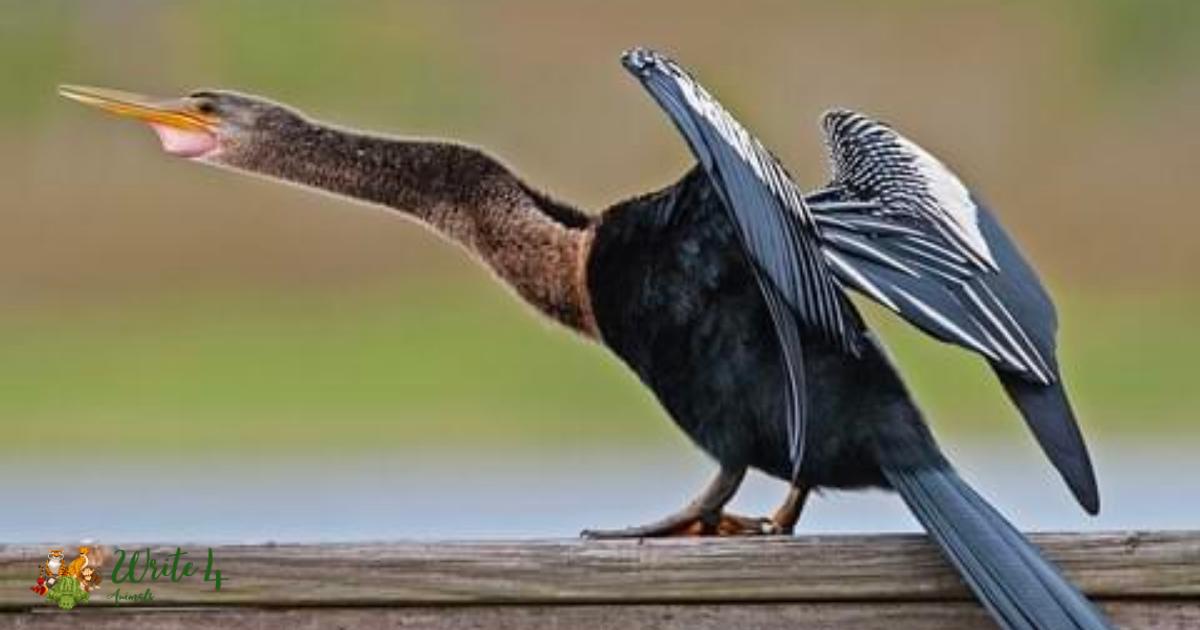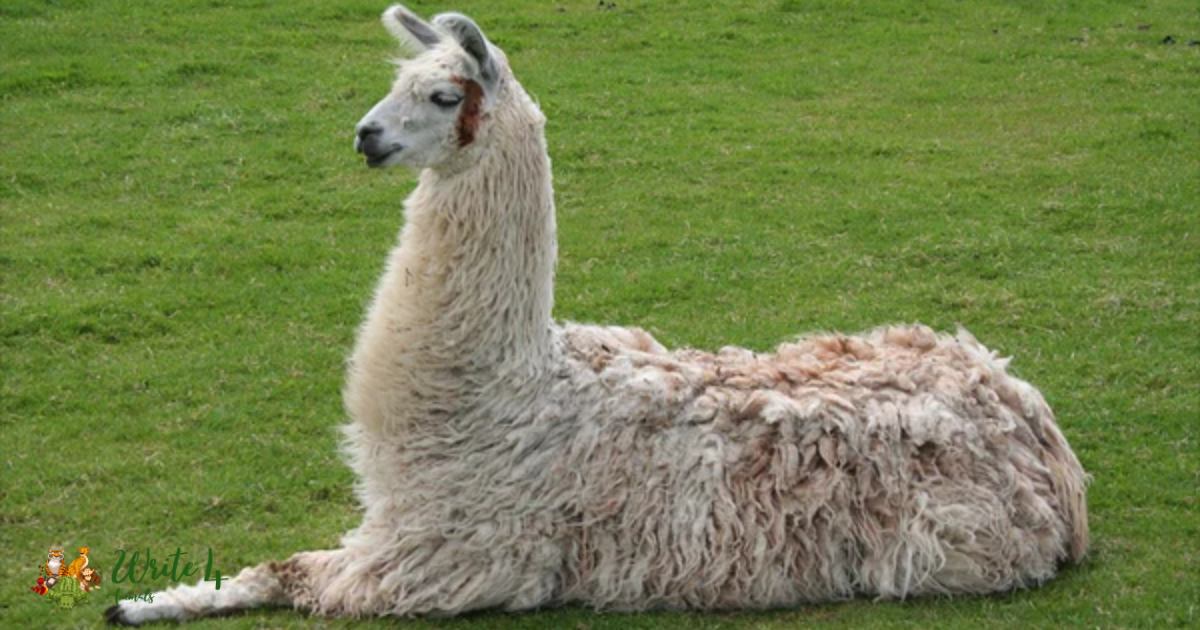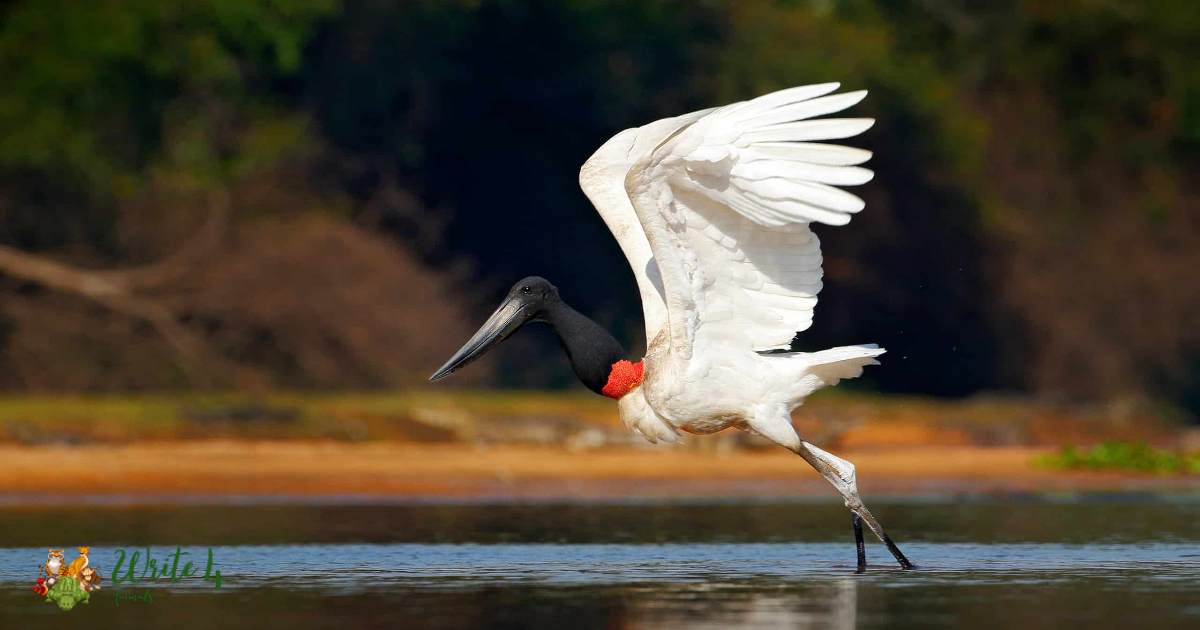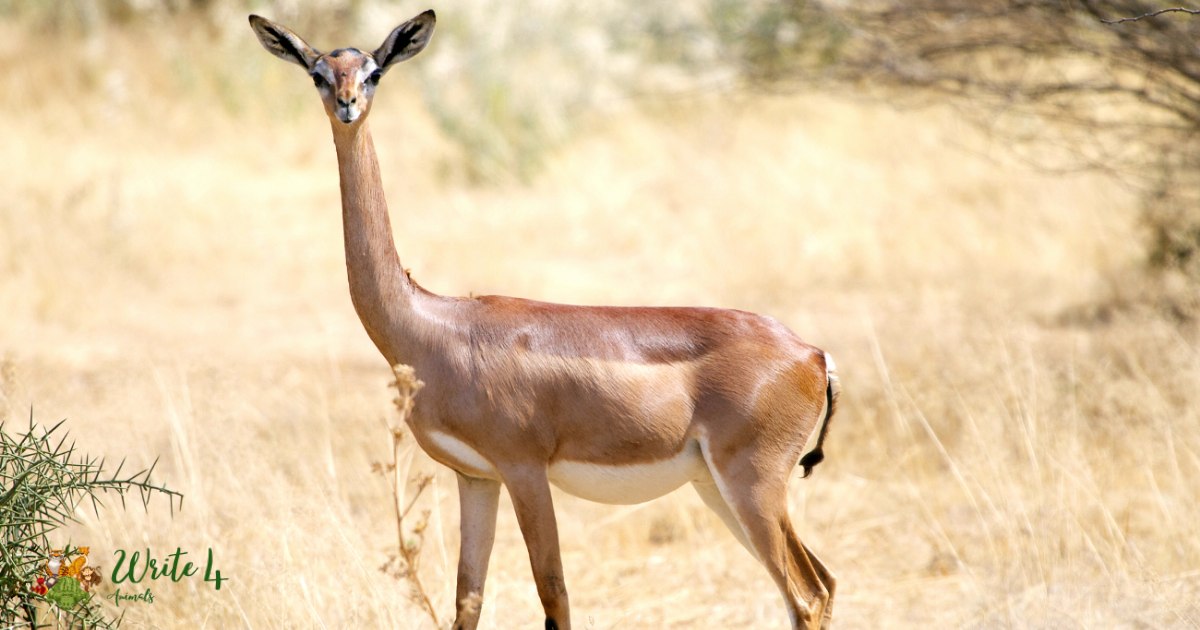Nature never ceases to amaze with its diversity and extraordinary adaptations. Among the many fascinating features found in the animal kingdom, long necks stand out as a remarkable example of evolutionary innovation.
From gracefully browsing treetops to engaging in epic battles for dominance, creatures with elongated necks have carved their niche in various ecosystems around the world.
In this exploration, we delve into the top 10 animal with longest neck, marveling at their unique adaptations and the roles these appendages play in their survival.
10 animal with longest neck
Giraffe
The giraffe, often dubbed as the “animal with the longest neck,” is an iconic symbol of the African savanna. With a neck measuring up to 6 feet in length, the giraffe possesses a remarkable adaptation that allows it to reach foliage high above the ground.
This elongated neck is not only essential for feeding but also plays a crucial role in male-male combat during mating season, where giraffes engage in necking battles to establish dominance. Additionally, the giraffe’s long neck serves as a lookout tower, enabling it to spot predators from afar and alert its herd to potential threats.
Through evolution, giraffes have developed specialized muscles and a complex network of blood vessels in their necks, allowing them to regulate blood flow and prevent fainting when lowering their heads to drink water. Truly, the giraffe’s elongated neck is a marvel of nature, perfectly suited to its unique ecological niche.
Ostrich
The ostrich, renowned as the largest living bird on Earth, also boasts the distinction of being an animal with longest neck. Stretching up to 3 feet in length, the ostrich’s neck serves a multitude of purposes in its native African habitats.
Primarily, it aids in foraging for food, as ostriches are omnivorous creatures that feed on a variety of plant matter, insects, and small animals. Their long necks allow them to reach vegetation close to the ground, as well as to scan the horizon for potential predators.
During courtship displays, male ostriches utilize their elongated necks in elaborate dances and vocalizations to attract mates. Additionally, the ostrich’s neck plays a vital role in thermoregulation, allowing it to dissipate excess heat by exposing a larger surface area to the air. Overall, the ostrich’s long neck is a testament to its adaptability and survival in the African savanna.
Flamingo
The flamingo, with its vibrant plumage and distinctive silhouette, is not only known for its striking appearance but also for its remarkably long neck. Measuring up to 4 feet in length, the flamingo’s neck is a crucial adaptation for survival in its aquatic habitats.
These elegant birds are filter-feeders, using their specialized bills and necks to reach deep into the water and extract algae, small invertebrates, and other microscopic organisms.
The length of their necks allows them to access food sources that are inaccessible to many other waterfowl species. Additionally, flamingos utilize their long necks in courtship displays, where they engage in synchronized dances and movements to attract potential mates.
Furthermore, the flexibility of their necks enables them to preen and groom their feathers effectively, maintaining their waterproofing and insulating properties. In essence, the flamingo’s long neck is a vital tool for its survival and reproduction in the dynamic ecosystems of wetlands and coastal regions.
Emu
The emu, a flightless bird native to Australia, possesses an impressively long neck, making it one of the notable animals with such an adaptation. Stretching to approximately 1.5 to 2 feet in length, the emu’s neck serves various functions crucial for its survival in the arid landscapes of the Australian outback.
Primarily, the emu utilizes its elongated neck for foraging, allowing it to reach vegetation, fruits, seeds, and insects on the ground. This adaptation enables the emu to thrive in environments where food sources may be scarce and widely dispersed.
Additionally, the emu’s neck plays a role in thermoregulation, as it can be extended or retracted to adjust the bird’s exposure to the sun’s rays and dissipate excess heat. Moreover, during courtship displays, male emus use their necks to produce deep booming calls and perform elaborate dances to attract females.
Dromedary Camel
The dromedary camel, also known as the Arabian camel, possesses a long and sturdy neck, which aids in its survival in the unforgiving deserts of the Middle East and North Africa. With a neck length of around 3 feet, the dromedary camel exhibits remarkable adaptations to its arid habitat.
One of the primary functions of the camel’s elongated neck is for browsing on vegetation, including thorny shrubs and tough desert plants. The ability to reach high branches allows camels to access scarce food sources and sustain themselves during periods of drought.
Additionally, the camel’s neck serves as a storehouse for fat reserves, which can be mobilized during times of scarcity to provide energy and nutrients. Moreover, the long neck enables camels to regulate their body temperature by dissipating excess heat, contributing to their resilience in extreme environmental conditions.
Alpaca
The alpaca, a domesticated species of South American camelid, possesses a moderately long neck that aids in its survival in the rugged Andean highlands. With a neck length of approximately 2 feet, the alpaca exhibits adaptations suited to its herbivorous diet and mountainous habitat. Alpacas primarily use their necks for grazing on the sparse vegetation found at varying altitudes in the Andes Mountains.
Their ability to reach high and low-lying plants allows them to exploit a wide range of food sources, ensuring their nutritional needs are met in challenging environments. Additionally, the alpaca’s neck plays a role in communication and social interactions within herds, as individuals use postures and movements to establish dominance and maintain social cohesion.
Furthermore, the flexibility and mobility of their necks enable alpacas to remain vigilant against potential predators, enhancing their chances of survival in the wild. In essence, the alpaca’s long neck is a vital adaptation that contributes to its resilience and success in the rugged terrain of the Andean region.
Anhinga
The anhinga, also known as the “snakebird,” is a unique aquatic bird with a long and slender neck that aids in its hunting and survival in freshwater habitats. With a neck length of approximately 2 feet, the anhinga exhibits remarkable adaptations to its piscivorous diet and semi-aquatic lifestyle.
Anhingas primarily use their elongated necks for spearfishing, a technique where they impale fish underwater using their sharp bills. The length and flexibility of their necks enable them to strike swiftly and accurately, ensuring successful hunts.
Additionally, the anhinga’s neck serves as a tool for thermoregulation, as it can be extended or retracted to regulate heat loss and maintain optimal body temperature in different environmental conditions.
Moreover, the anhinga’s neck plays a role in courtship displays, where males engage in elaborate rituals to attract mates, showcasing their physical prowess and genetic fitness. Overall, the anhinga’s long neck is a vital adaptation that enables it to thrive in the dynamic ecosystems of freshwater wetlands and marshes.
Llama
The llama, a domesticated member of the camelid family, possesses a moderately long neck that aids in its survival in the rugged terrain of the Andes Mountains. With a neck length of approximately 2 feet, llamas exhibit adaptations suited to their herbivorous diet and mountainous habitat.
Llamas primarily use their necks for grazing on the tough grasses and shrubs that dot the Andean landscape. Their ability to reach vegetation at different heights allows them to exploit diverse food sources and maintain their nutritional requirements in the challenging environments they inhabit.
Additionally, the llama’s neck serves as a means of communication within herds, as individuals use postures and vocalizations to convey information and establish social hierarchies.
Jabiru
The jabiru, a large stork species native to the wetlands of the Americas, possesses a notably long neck that aids in its foraging and survival in aquatic habitats. With a neck length of approximately 3 feet, the jabiru exhibits adaptations suited to its piscivorous diet and wading behavior.
Jabirus primarily use their elongated necks to hunt for fish, amphibians, and crustaceans in shallow waters, employing a swift stabbing motion to capture prey with their sharp bills.
The length and flexibility of their necks enable jabirus to explore a wide range of aquatic environments, from marshes and swamps to rivers and lakes, in search of food.
Gerenuk
The gerenuk, a species of antelope found in East Africa, possesses a notably long neck that aids in its feeding and survival in arid and semi-arid habitats. With a neck length of approximately 2 feet, the gerenuk exhibits adaptations suited to its browsing behavior and habitat preferences.
Gerenuks primarily use their elongated necks to reach high branches and foliage, allowing them to access nutritious leaves, shoots, and fruits that are out of reach for other herbivores.
This feeding strategy enables gerenuks to thrive in environments where vegetation is scarce and widely dispersed, such as thorn scrub and acacia woodlands.
Recommended
